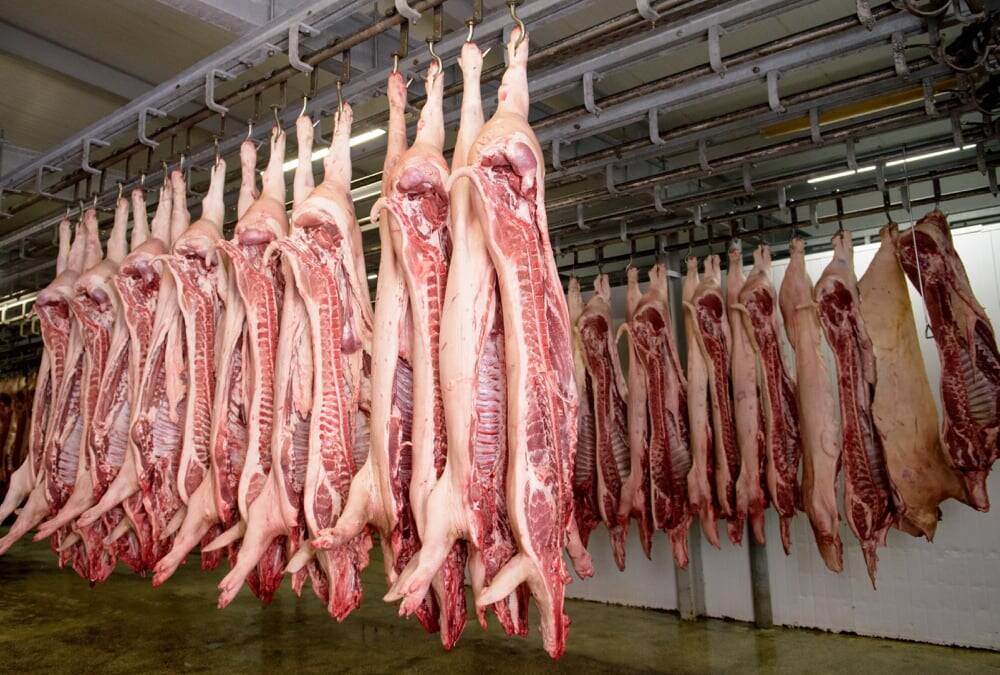The stars continue to align in the correct pattern for the feeder cattle market, as prices in Western Canada jumped $2 to $5 this past week with noticeable advances in the lighter-weight categories.
The Canadian dollar continues to deteriorate, and there is potential for further weakness given the overall economic situation.
Secondly, Alberta fed cattle prices traded from $190 to $192 last week, keeping pen closeout margins in healthy territory. Seasonally, fed cattle prices peak in late March to early April, and with wholesale beef prices holding value, we could see additional strength over the next couple weeks.
Read Also

U.S. livestock: Lean hogs tick down on supply numbers, year-end positioning
Chicago | Reuters – Chicago Mercantile Exchange live cattle and lean hog futures fell while feeder cattle futures rose on…
Thirdly, feed barley and feed wheat have been trading from $200-$205 per tonne delivered in the Lethbridge area and the absence of any strength in feed grain prices will remain supportive for the feeder cattle complex.
Finally, backgrounding operators have sold nearly all the fall-placed calves and major feedlot operations are now becoming more aggressive for available supplies for the summer feeding period. Until one of these factors starts to reverse, the momentum in the feeder cattle market will continue.
Spring-like conditions appeared to enhance demand for stocker or grass cattle. A group of larger-frame Simmental-based heifers weighing just over 600 lbs. sold for $266 in northern Alberta; Charolais-cross steers averaging 600 lbs. sold for $276 in the same region. A mixed group of steers averaging 575 lbs. traded at $325 in central Saskatchewan.
It appears Western Canada will have an earlier spring compared to the last few years and the small farmer/cattle producer was stepping forward more aggressively this week. Feedlots were also active in the lower weight categories, because they want cattle to sell into the November market.
U.S feeder cattle prices jumped $8-$10, which also spilled over into Western Canada. The resurgence of buying interest from the U.S. was evident in eastern Saskatchewan and Manitoba, where values were $3-$5 higher at times in comparison to western Prairie markets, although there were not as many sales in these regions last week. There will be a stronger pull south of the border as the Canadian dollar weakens.
The feeder cattle market feels quite healthy, given the current environment. I’ve received a few calls from cow-calf producers regarding the market outlook and the risks look favourable at this time. Keep in mind, no one can pick a top in this market and we will only know when the top occurs two to four months after the fact.
— Jerry Klassen is a commodity market analyst in Winnipeg and maintains an interest in the family feedlot in southern Alberta. He writes an in-depth biweekly commentary, Canadian Feedlot and Cattle Market Analysis, for feedlot operators in Canada. He can be reached by email at [email protected] for questions or comments.














